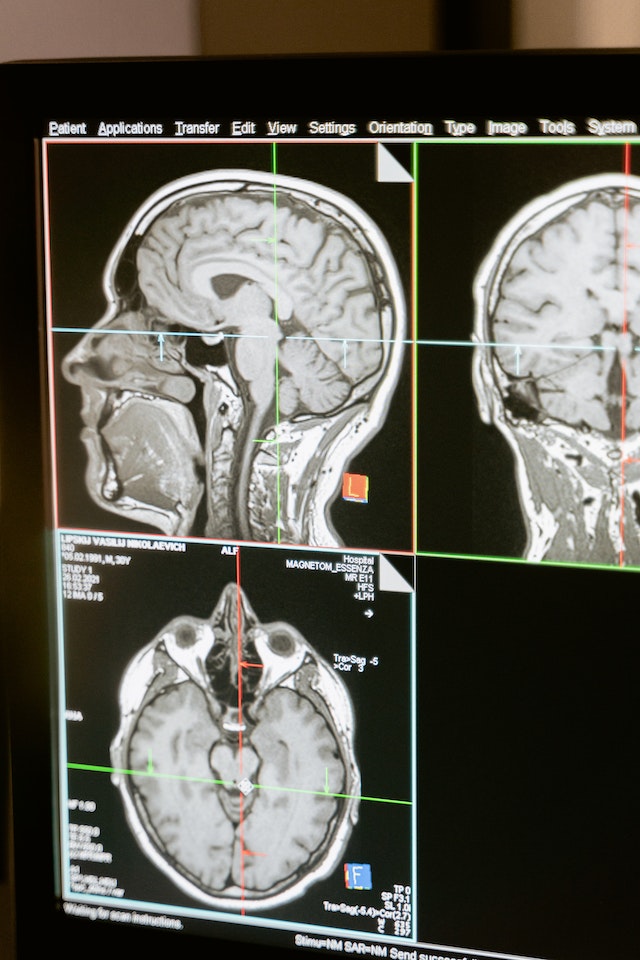Prioritizing Head Injury Prevention
Your brain is your most valuable asset, and preventing head injuries is essential for maintaining a healthy and fulfilling life. In this article, we’ll delve into the crucial realm of head injury prevention, providing you with expert insights, practical tips, and strategies to protect your brain and well-being.
Understanding the Importance of Head Injury Prevention
Before we explore the prevention strategies, let’s understand why head injury prevention is paramount:
- Lifelong Impact: Head injuries can have lifelong physical, cognitive, and emotional consequences.
- Economic Burden: Treating head injuries can be costly, making prevention a cost-effective approach.
- Quality of Life: By preventing head injuries, you can maintain a higher quality of life, free from the limitations often associated with such injuries.
Tips for Head Injury Prevention
Let’s delve into essential tips and strategies to keep your head and brain safe:
Wear Protective Gear
- Helmets: Always wear a helmet when cycling, skateboarding, skiing, or participating in any activity with a risk of head injury.
- Seatbelts: Buckle up every time you’re in a vehicle, whether you’re the driver or a passenger.
Create a Safe Environment
- Home Safety: Ensure your home is free of hazards, such as loose rugs or cluttered walkways, to prevent falls.
- Childproofing: Childproof your home if you have young children to prevent accidental injuries.
Practice Safe Sports
- Proper Training: Learn the correct techniques and rules for sports to reduce the risk of head injuries.
- Use Protective Gear: In sports like football or boxing, use appropriate protective gear, including headgear.
Avoid Risky Behaviors
- Alcohol and Drugs: Avoid driving or engaging in activities requiring coordination when under the influence of alcohol or drugs.
- Reckless Activities: Refrain from engaging in reckless activities that may lead to head injuries, such as diving into shallow water.
Photo by Andrea Piacquadio: https://www.pexels.com/photo/photo-of-man-touching-his-head-3752834/
Regular Exercise
- Balance and Strength: Engage in regular exercise to improve balance and strength, which can reduce the risk of falls.
Child Safety
- Car Seats: Use age-appropriate car seats for children and ensure they are properly secured.
- Supervision: Always supervise children during playtime to prevent accidents.
The Value of Prevention
We’ve consulted with Dr. Laura Adams, a neurologist specializing in brain injury prevention, for her expert insights:
Dr. Adams’ Perspective: “Preventing head injuries is a shared responsibility. It requires individuals to make safe choices in their daily lives, communities to create safer environments, and healthcare providers to educate and promote prevention. A proactive approach can significantly reduce the burden of head injuries on individuals and society as a whole.”
A Commitment to Safety
Head injury prevention is a collective effort that starts with individual choices. By implementing these strategies and fostering a culture of safety, you can protect your brain and enjoy a life free from the devastating impact of head injuries. Remember, safeguarding your brain is a lifelong commitment to your well-being and quality of life.





